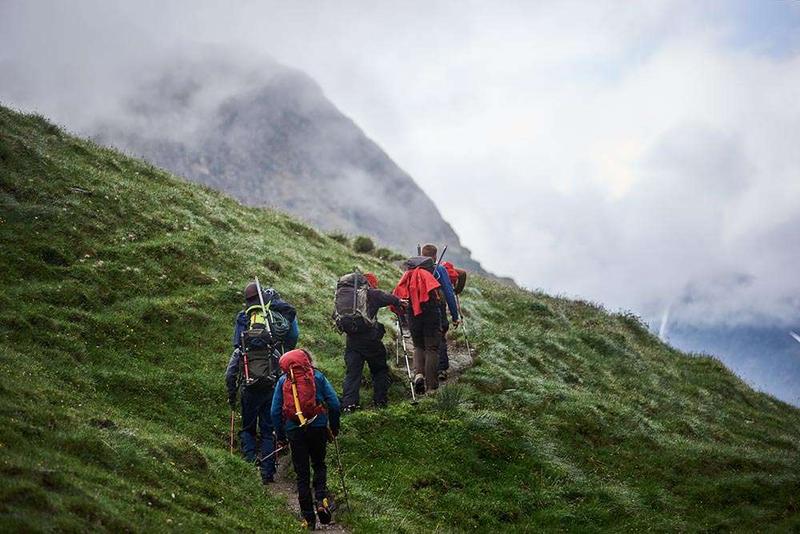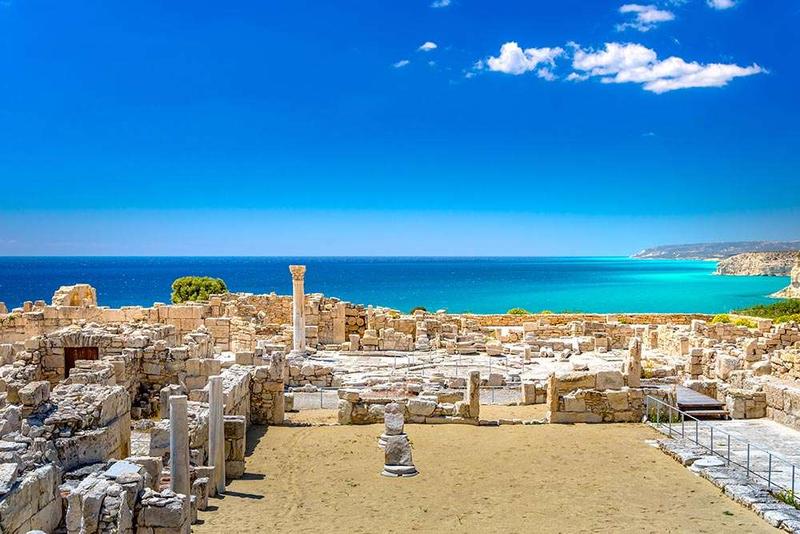Hints & Tips
Airline Lost Your Luggage - What to Do (and What Not to Freak Out About)You’ve just landed, and you’re a little groggy from the flight. Maybe you're dreaming of that first iced coffee or hitting the hotel pool. You roll up to the baggage claim, half-watching the carousel spin... and then, nothing. Your suitcase doesn’t show. Everyone else grabs their bags, and you're left standing there, waiting for a miracle. Yeah. It’s that dreaded moment when you realize your luggage didn’t make it. While it's understandable to feel a wave of frustration, take a deep breath. The good news is that most lost luggage is eventually found. It's annoying, sure. But it’s something you can handle and maybe even get a decent travel story out of. Before You Fly - A Little Prep Goes a Long Way While you can’t guarantee your luggage will arrive with you, there are a few things you can do before you even leave for the airport to minimize stress. Taking photos of both the outside and inside of your bag can be incredibly helpful for identification and claims. Consider using a luggage tracker (like Apple AirTags or Tile) for added peace of mind. Always remove old baggage tags to avoid confusion during the scanning process, and most importantly, ensure your contact information (phone number and email) is visible both on an external tag and a piece of paper inside your suitcase. For essential items like medication, important documents, and valuable electronics, always pack them in your carry-on bag – you'll want those with you no matter what! Step 1: Don’t leave the airport just yet Seriously. Stick around. Your first stop should be the airline’s baggage service desk. Most airports have one right next to the luggage belts. Find it and file a claim right away. You’ll need your baggage tag (that little sticker they gave you at check-in — yeah, the one most people forget exists), your boarding pass, and a short description of your bag. Inquire about the airline's specific policy on lost/delayed luggage and ask for a written confirmation or reference number for your claim. If you have travel insurance, this is also a good time to notify them about the situation. Pro tip: Keep a photo of your luggage on your phone. It’s way easier to say, "It looks like this," instead of trying to explain that your suitcase is "medium-sized and blue-ish but not like navy, more like ocean-y." Step 2: Ask the important stuff While you’re at the counter, ask: - When do you expect it to arrive? - Will you deliver it to my hotel or Airbnb? - What compensation am I eligible for in the meantime? Many airlines cover the basics — toiletries, a fresh set of clothes, maybe even a charger, if your bag is delayed for more than a few hours. Some give you a set daily amount to spend until your bag shows up. Keep all your receipts. No joke, even that $3 toothbrush might be reimbursed. Step 3: Don’t assume it’s gone forever Most “lost” luggage is just delayed. It might be on the next flight, or it got stuck in a weird corner of your connection airport. Airlines reunite the majority of lost bags with their owners within 48 hours. That doesn’t help your current outfit situation, but it does mean there’s a good chance your stuff is on its way. And hey, there’s always a laundry service and local thrift stores. I've found some cool vintage pieces during luggage mishaps that ended up being better than what I packed. Step 4: Make a quick essentials list Think about the next 24 hours. What do you absolutely need? Underwear, sunscreen, meds, deodorant? Don’t go overboard buying replacements. The airline might not cover a shopping spree. Be smart and keep receipts for everything. If you’re traveling with friends, see if you can borrow stuff. It makes for a funny bonding moment and, honestly, it's kinda refreshing not having too much stuff to carry around for a bit. Step 5: Stay in the loop Airlines often give you a tracking number so you can monitor your bag’s progress online. If you don’t hear back in a day or two, call them. Be polite but firm. You’re more likely to get help if you’re patient — but persistent. Keep records of all communication with the airline, including the names of representatives and the dates and times you spoke with them. Following Up If Needed If the airline is unresponsive after a reasonable amount of time, don’t hesitate to escalate the issue to their customer relations department. If you still aren't getting anywhere, you may consider reaching out to relevant consumer protection agencies in your location or the airline's operating country for further assistance. When your bag finally shows up Victory! When your suitcase finally gets delivered to your hotel or you pick it up at the airport, check the contents immediately. If anything’s damaged or missing, report it. Most airlines have deadlines for claiming compensation for damage or loss of contents, so don’t wait. Final thought: It’s annoying, not the end of the world Losing luggage is a pain, but it doesn’t have to wreck your trip. You might even surprise yourself by how little you need to have a good time. Travel is full of the unpredictable, and this is just one of them. Honestly, some of my most random and fun moments on the road have started with, "So my luggage never showed up..." So yeah, it’s not ideal. But you’ve got this.










